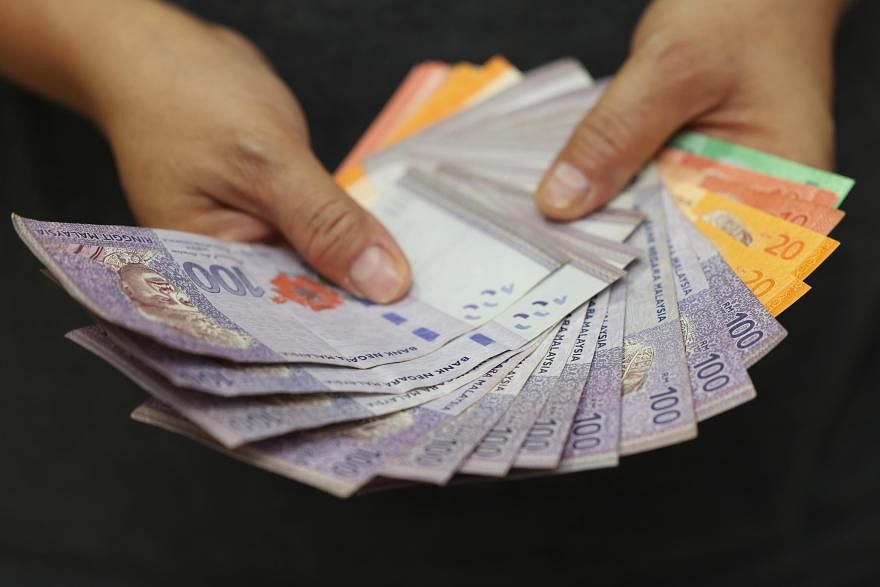[ad_1]
MALAYSIA’S finance ministry on Thursday dismissed adjusting monetary policy or pegging the ringgit to support the weakened currency, saying it expects the ringgit‘s value to appreciate this year.
The ringgit has fallen about 3.7 per cent this year so far and briefly hit a 26-year low last week. Malaysia’s central bank has said the currency is undervalued and does not reflect the country’s strong fundamentals.
Second Finance Minister Amir Hamzah Azizan told parliament the central bank’s monetary policy adjustments were not aimed at influencing foreign exchange, adding that any increase in the country’s benchmark interest rate risked burdening the people.
The ringgit‘s weakening was largely due to external factors, including strength in the US dollar and economic uncertainty in China, and did not reflect Malaysia’s positive economic fundamentals and prospects, he said.
“As exports improved in January and investment prospects are very good … with the focus on ease of doing business (in the country), I believe the ringgit will perform better this year,” Amir Hamzah said.
He reiterated that there were no plans for Malaysia to peg the currency to the US dollar as it had done during the 1998 Asian Financial Crisis.
The finance ministry and Bank Negara Malaysia (BNM) have taken measures to address the ringgit‘s depreciation, including encouraging state-linked companies to repatriate foreign investment income and convert the income into ringgit more consistently, Amir Hamzah said.
BNM has also stepped up efforts to curb excessive movements in the ringgit‘s value, and encouraged firms to use local currency for export settlements to reduce dependency on the dollar, he added.
Malaysia is expecting economic growth of between 4 to 5 per cent this year, up from 3.7 per cent in 2023.
The central bank held its key interest rate unchanged at 3.00 per cent last month amid moderating inflation, and warned of risks to growth due to weaker-than-expected external demand and declines in commodity production.
Economists expect BNM to hold rates steady until at least the end of 2025. REUTERS
[ad_2]
Source link





